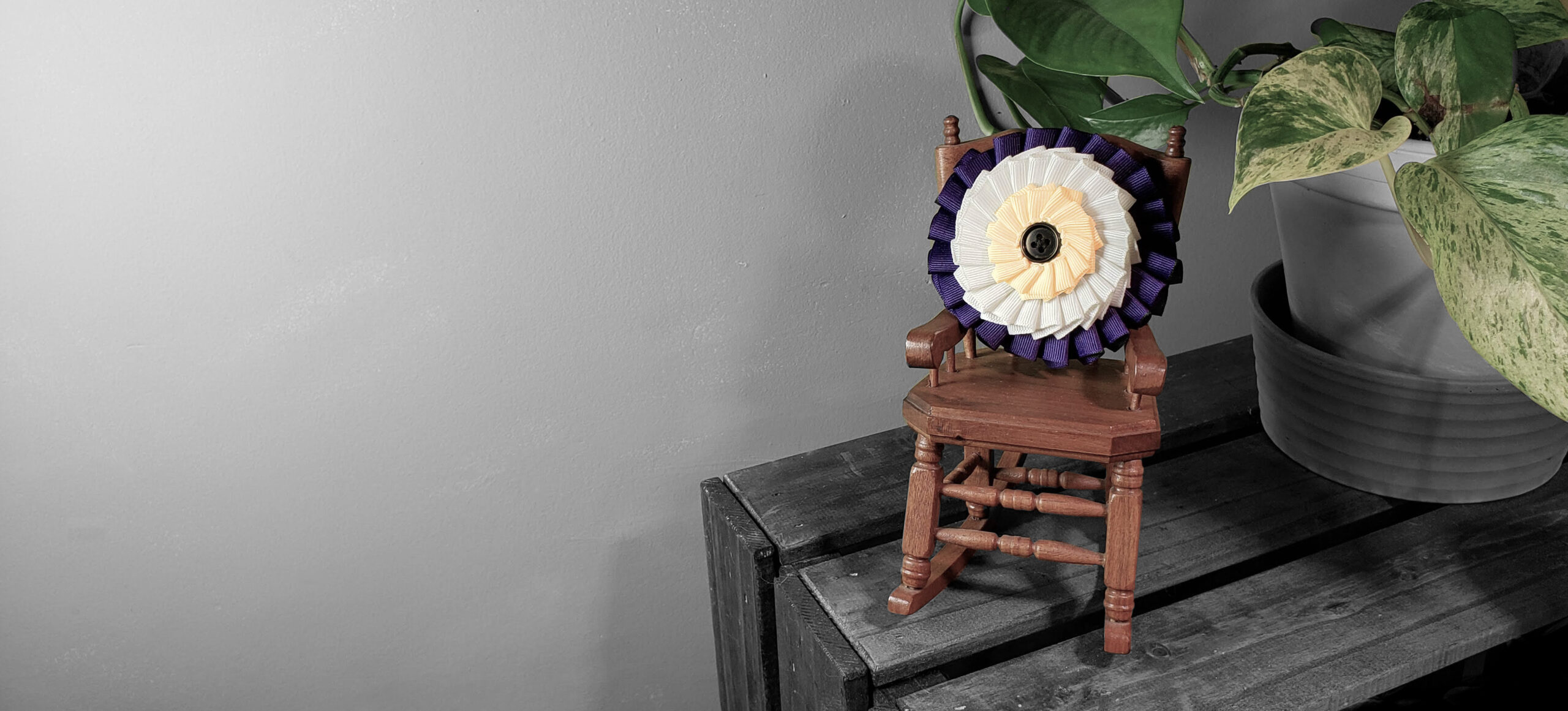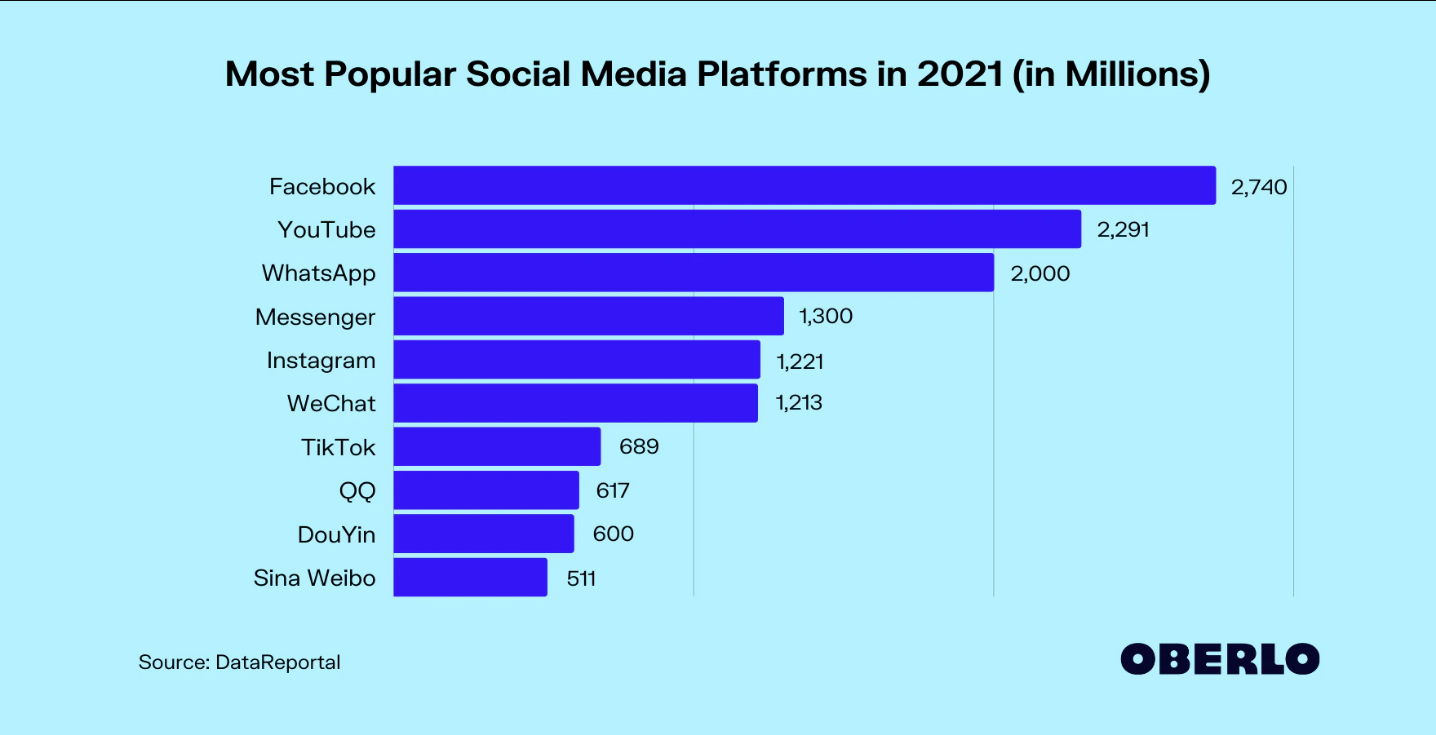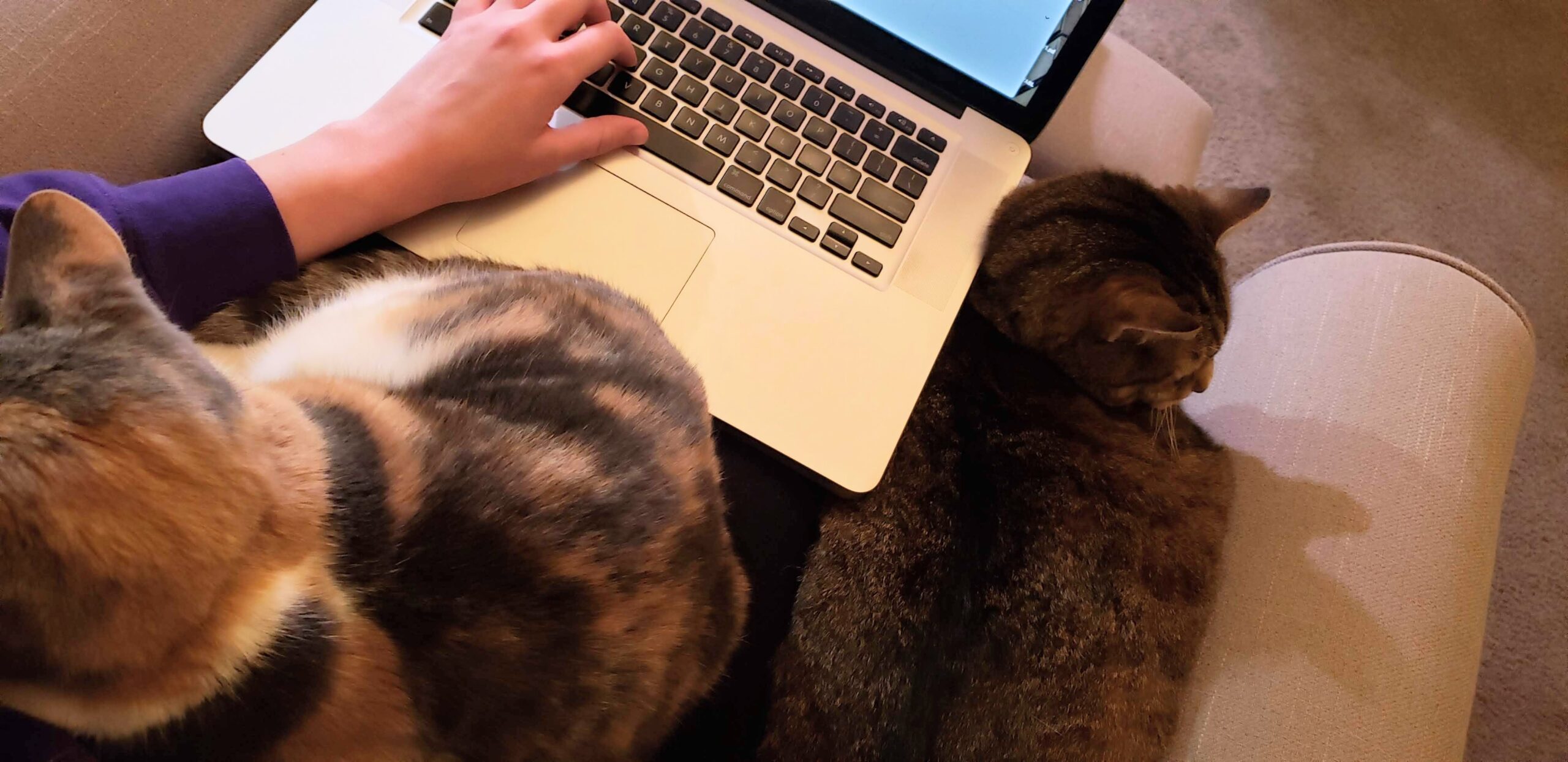Where can you make space in your life today?
So… it’s been a rough go of it lately. And it doesn’t look like things are going to get much better any time soon. In addition to the stress, anxiety, and depression contributing to my writers block, it also seems like every time I put together my outline for this post, some other major event happens that I feel the need to address as well. [For reference, the first (now wholly discarded) draft was pre-George Floyd.] History seems to be roaring past us right now.
On the other hand, what has actually changed? All of the problems we have today have their echoes and equivalents in the past. And really, the people walking the Earth today are essentially the same as those who were walking around 5,000 years ago. There’s just more of us now, with fancier toys.
Dedicated Readers of this blog may recall that I read and reviewed a book last year titled Make Space, and that I was not particularly thrilled by it. That is, the content was fine, but the execution was… lacking. In spite of that, the basic theory it presented has kept simmering in the back of my mind, intruding in on other topics. What better time to consider physical space than when faced with social distancing orders? To consider emotional space than when faced with racial justice protests breaking out around the country and around the world, or to consider mental space than when we’re all faced with news overload from this year? The original book was only about minimalism in interior design and self-help, but the principle of making space has much broader implications. My attempt here is to write what I wish that book had actually been.
The Background of Making Space
In order to make space, we first need to take stock of what is currently taking up that space. This means taking a good hard look at your surroundings — and you know I don’t just mean physical. What does your mental framework look like? How are your emotional underpinnings structured? Where is your attention centered?
The design goal of Make Space is minimalism. Minimalism in design pares elements down to the understated essentials, which brings increased attention to the few things present. Minimalism in music is made by repetition and very gradual change, which focuses attention on the musical minutiae used. Similarly, minimalism in visual art often uses repetition in its geometric, structural shapes. The underlying idea is to set a homogeneous base from which subtle changes are magnified, and large deviations from the pattern have exponentially more impact.
The book suggests getting rid of clutter and excess, whereby you can discover what is truly essential to you. It’s a version of Marie Kondo’s sparking joy. How much space can you clear? Once you have cleared the space, you have the room to truly enjoy life… or so the theory goes.
Why Make Space?
The physical space we occupy informs a lot of our mental space. The most obvious example of this is clutter. Some people work very well in a cluttered office, but I would hazard a guess that the majority of people are negatively impacted by that kind of environment, whether they realize it or not. If you live or work in a cluttered space and often feel overwhelmed or anxious, the clutter might be a contributing factor.
However, there are other affective physical elements to consider, such as those that tend to impact only certain groups. For example, let’s take stairs. They might not be a notable feature for someone like me, but for someone who can’t walk very well or at all, they represent a big physical challenge. This physical challenge in turn becomes a mental strain. For every place they go, they have to consider the navigability of that place. While each individual instance of encountering stairs may not be a huge deal, in the aggregate it becomes a much larger mental load.
The Power of the Individual
Many of these discriminatory environments exist at a societal level. This means it is far outside the ability of any one person to control them, to make them less discriminatory. It’s human nature to just accept the things that are too big to control — especially if they aren’t impacting you personally. As a white woman, I have generally no reason to be afraid during encounters with police. But I also know this isn’t the case for everyone. There isn’t much that I personally can do about that societal fact.
The power that I do have personally is to use the space that I have to open more space for others. It’s like if you’re walking down a narrow sidewalk, and someone pushing a stroller approaches from the other direction. It’s easier and safer for you to do what you can to give them room to pass, than to expect them to do so for you. Sure, it might be an inconvenience for you to briefly press against a building or step out onto the curb. But maneuvering a stroller like that is plainly more difficult. Additionally, that person pushing the stroller is already working harder to 1) maneuver around other obstacles, like curbs without cuts, and 2) just push the stroller in the first place. You have the power to give them space and lighten their load because you aren’t pushing a stroller yourself.
Attention
In How to Do Nothing, Jenny Odell touches on this concept through her lens of attention. She calls them the margins. It’s hard to miss the stroller approaching you on a narrow sidewalk: that’s an obvious obstruction. You can clearly see your opportunity there to make space. But there are also plenty of less obvious margins.
There is a significant portion of people for whom the project of day-to-day survival leaves no attention for anything else; that’s part of the vicious cycle too. This is why it’s even more important for anyone who does have a margin — even the tiniest one — to put it to use in opening up margins further down the line. Tiny spaces can open up small spaces, small spaces can open bigger spaces. If you can afford to pay a different kind of attention, you should.
Jenny Odell, How to Do Nothing
If the first step of making space is noticing where you need it in your life, the second step is paying attention to where you can make space for others. In this plane crash, you have to put on your own oxygen mask first, and only then can you help others with their masks.
Just paying attention can itself make space. Having more people carry the burden doesn’t make the burden itself any lighter, but the weight is spread out so each person is carrying less. Being able to not pay attention to a problem is a privilege — and therefore an opportunity to make space for others.
To Be Continued…
Rather than trying to wrestle everything into one exceedingly long post, I’m going to split this up. Part 2 is all about making space by listening, in all its different forms.
Further Reading / References
- How to Do Nothing by Jenny Odell
- Make Space by Regina Wong
- KonMari.com




